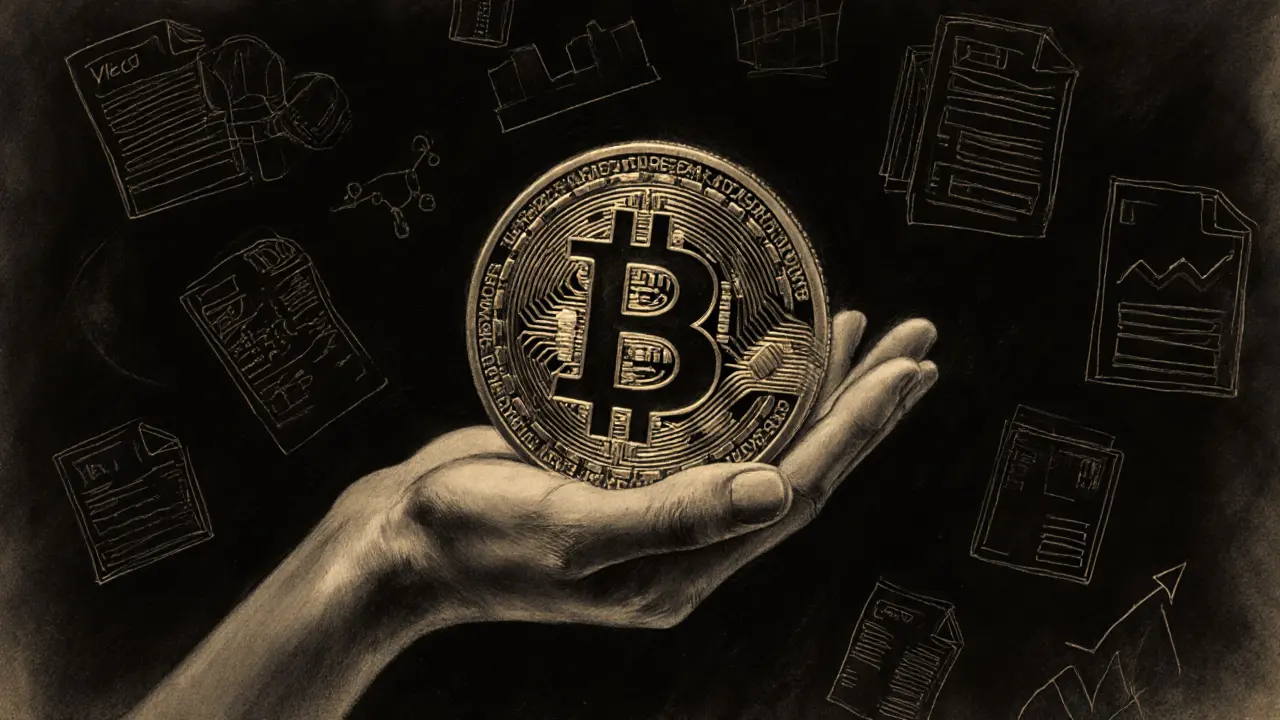Anzen Finance's USDZ is a stablecoin backed by U.S. private credit loans, not cash. It offers 16% APY through staking and operates on Ethereum and Layer-2 chains. Learn how it works, its risks, and how it compares to USDC and USDT.
RWA Stablecoin: Real-World Assets Backed by Real Value
When you hear RWA stablecoin, a type of cryptocurrency pegged to real-world assets like real estate, bonds, or commodities. Also known as tokenized assets, it’s not just another crypto gimmick—it’s an attempt to bring actual financial value into blockchain systems. Unlike most stablecoins that rely on cash reserves or algorithmic tricks, RWA stablecoins are backed by things you can touch: a building in New York, a slice of a commercial loan, or even government treasury bills. This isn’t theory—it’s happening now, quietly, behind the scenes.
Why does this matter? Because if you want crypto to move beyond gambling and memes, you need something that holds value the same way a dollar or euro does. RWA stablecoins try to do that by tying digital tokens to assets that already have proven worth. Think of them as digital receipts for real property. Projects like Tokenized bonds, debt instruments issued on blockchain and traded as tokens are already being used by institutional investors to access liquidity without selling physical assets. And DeFi, a system of financial apps built on open blockchains without banks is starting to use these stablecoins as collateral—making loans more stable and less risky.
But here’s the catch: not every project calling itself an RWA stablecoin is legit. Some are just rebranding old scams with fancy terms. The real ones have audits, legal backing, and transparent asset ownership records. They don’t promise 50% yields—they offer modest returns because they’re tied to real interest rates. You’ll find examples in the posts below: how Russia’s A7A5 stablecoin was used to bypass sanctions, why most airdrops fail, and how exchanges like Binance and Bitay are being scrutinized for transparency. These aren’t random stories—they’re all connected to the same question: can crypto actually hold real value, or is it all smoke and mirrors?
What follows isn’t a list of hype. It’s a collection of real cases—some working, most failing—showing what RWA stablecoins look like in practice. You’ll see what works, what gets shut down, and why trust still matters more than code. If you’re tired of chasing dead meme coins and fake airdrops, this is where the real conversation begins.

